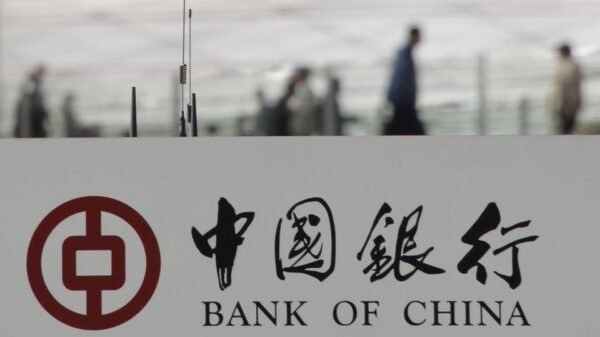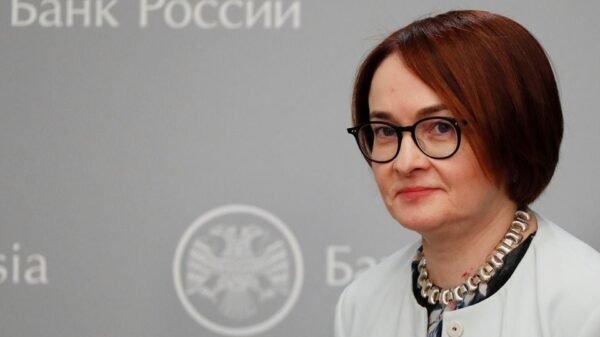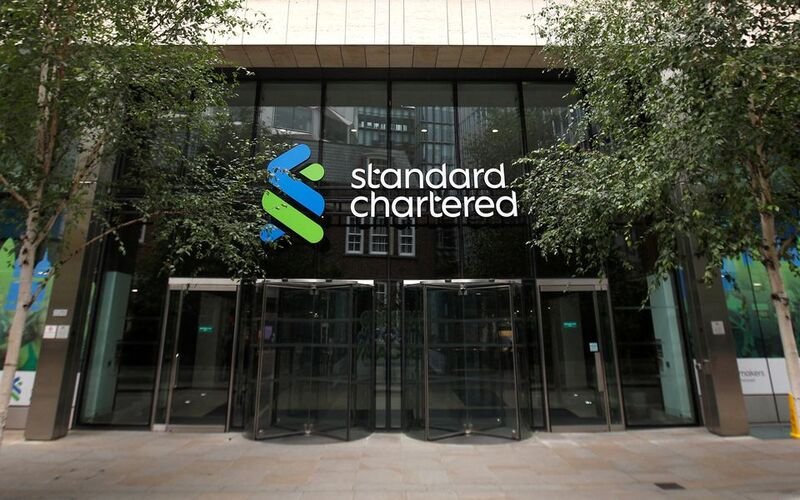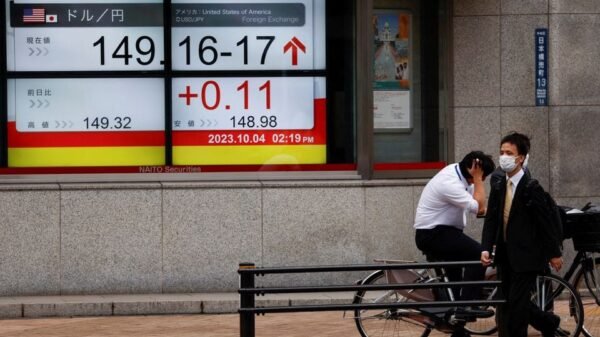On Friday, Standard Chartered Plc (STAN.L) revised its objective for reducing carbon emissions from oil and gas loans, abandoning a system that critics argue permits increasing climate-damaging emissions.
The Asia, Africa, and Middle East Bank had earlier set a 2030 aim to cut sector loans’ carbon “intensity” by 30% from 2020 levels.
Emissions intensity compares carbon emissions to economic activities like revenue. Because firms can get more effective at lowering emissions and yet emit more when their activity increases, carbon emissions can grow even while emissions intensity decreases.
In a policy update, Standard Chartered announced it will decrease emissions by 29% from 2020 by the end of the decade, by the International Energy Agency’s Net Zero Emissions by 2050 Scenario.
Many sustainability professionals and activists argue that using carbon intensity as the major indicator of carbon emissions in the industry allows firms to hide behind partial emission reductions. The statistic pushes businesses to reduce emissions while growing, according to proponents.
In October 2022, non-profit ShareAction found that over a third of 31 banks with oil and gas goals utilized an intensity index, including the world’s largest lender, JPMorgan Chase & Co (JPM.N).
HSBC(HSBA.L), Citi (C.N), and other smaller banks have embraced an absolute emissions reduction objective.
“Setting this absolute sector target and supporting our clients in their transition journey are critical sustainability priorities for Standard Chartered,” said Chief Sustainability Officer Marisa Drew.
The world’s largest banks are under pressure from U.N. climate experts to reduce carbon emissions.
Standard Chartered’s oil and gas industry loans emitted 13.1 million tonnes of CO2 equivalent in 2020, which it plans to reduce by 3.8 million tonnes by 2030 to reach net zero.
Standard Chartered said it would choose renewable or green energy sources “wherever practical,” although other markets would need lower-emission fuels like natural gas.






























































Comment Template